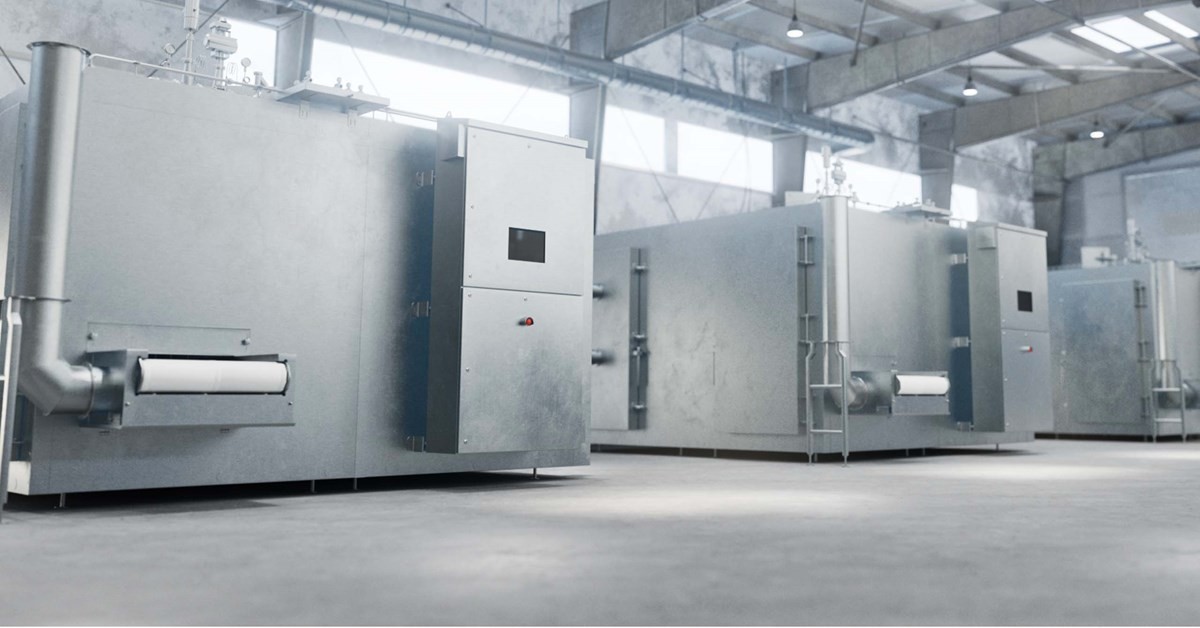Cryogenic freezers are specialized freezers designed to maintain extremely low temperatures, typically around -196 degrees Celsius. These freezers use cryogenic gases such as liquid nitrogen or liquid helium to achieve and maintain these very low temperatures.
To understand just how cold a cryogenic freezer is, it helps to have a sense of scale. Room temperature, for example, is typically around 20 to 25 degrees Celsius. A standard kitchen freezer, by comparison, is typically set to maintain a temperature of around -18 degrees Celsius. In contrast, a cryogenic freezer operates at temperatures more than 10 times colder than a kitchen freezer.
Temperature inside a cryogenic freezer
The temperature inside a cryogenic freezer can vary depending on the specific model and how it is being used. However, most cryogenic freezers are designed to maintain a temperature of around -196 degrees Celsius. This temperature is achieved by circulating cryogenic gases such as liquid nitrogen or liquid helium through the freezer and using them to cool the samples or materials being stored.
The extremely low temperatures achieved by cryogenic freezers have a number of important applications. For example, cryogenic freezing is widely used in biomedical research and medical applications to preserve biological samples and tissues. Cryogenic freezers are also used in the food industry for the preservation of frozen foods, and in the aerospace industry for the storage of rocket fuels and other materials used in space exploration.
Training and equipment
While the extremely low temperatures achieved by cryogenic freezers offer many benefits, they also require specialized training and equipment to handle safely. The gases used in cryogenic freezers can be dangerous if not handled properly, and the extremely cold temperatures can pose a risk of frostbite and other injuries.
To ensure safe and effective use of cryogenic freezers, it is important to follow proper safety procedures and to receive appropriate training before working with these freezers. This may include wearing protective clothing and equipment, properly ventilating the area, and following proper storage and handling procedures for cryogenic gases.
Conclusion
Cryogenic freezers are capable of achieving and maintaining extremely low temperatures, typically around -196 degrees Celsius. These freezers use cryogenic gases such as liquid nitrogen or liquid helium to achieve these temperatures, and they are widely used in biomedical research, pharmaceuticals, food processing, and other industries where low-temperature storage is critical. While cryogenic freezers offer many benefits, they also require specialized training and equipment to handle safely, and users should follow proper safety procedures to ensure safe and effective use.
You may also like
-
Choosing the Best Pool Contractor in Indiana: Why Wetscapes Fiberglass Pools Stands Out
-
Top Civil Engineering Innovations Transforming Philippine Construction
-
Efficient Cleaning and Care Techniques for Different Surfaces in Your Home
-
Everything You Need to Know About Home Window Replacement and Custom-Designed Window Installation
-
Transform Your Garden with Ashdale Fencing

